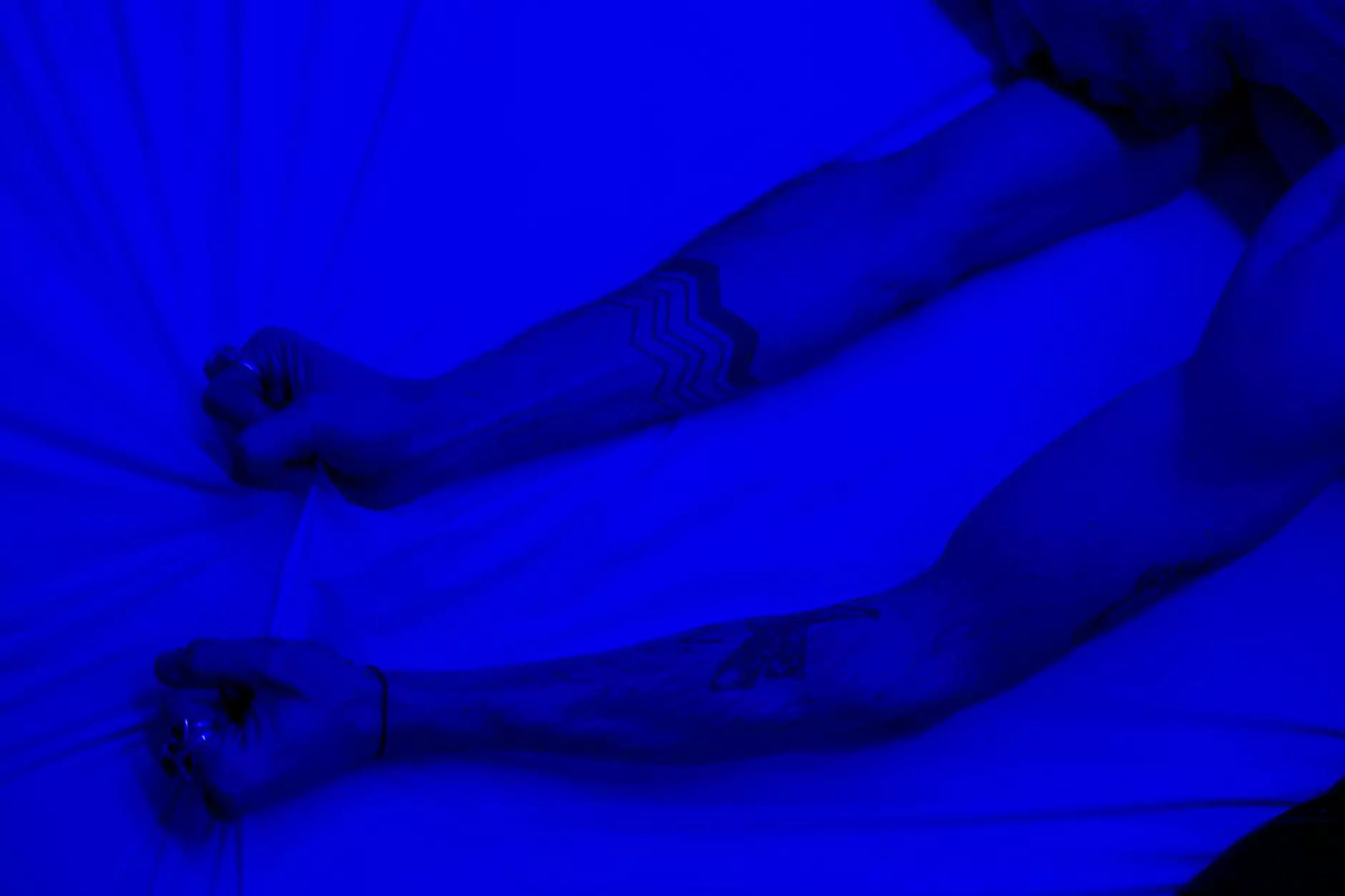Unraveling the Mystery: What Causes Dark Feet?

Introduction
Darkening of the skin on the feet can be a cosmetic concern for many individuals. While it may not always signal serious health issues, understanding what causes dark feet is essential for proper diagnosis and treatment. The darkening can stem from various factors ranging from lifestyle choices to medical conditions, and it is vital to identify these causes to mitigate the issue effectively.
Common Causes of Dark Feet
1. Hyperpigmentation
Hyperpigmentation is one of the most prevalent reasons why individuals experience darkening of the skin, including the feet. This condition occurs when specific areas of the skin produce excess melanin, leading to darker patches. Common triggers include:
- Sun Exposure: Prolonged exposure to the sun can cause the skin to darken due to UV radiation.
- Aging: As we age, skin changes naturally occur, including the development of dark spots.
- Hormonal Changes: Hormonal fluctuations, particularly during pregnancy or with hormone therapy, can lead to dark patches on the skin.
2. Venous Insufficiency
Venous insufficiency occurs when the veins cannot efficiently return blood to the heart. This condition can lead to the darkening of the lower extremities, including the feet, due to:
- Stasis Dermatitis: Chronic venous insufficiency can cause fluid build-up in the legs, leading to swelling and discoloration.
- Varicose Veins: Varicose veins may also contribute to darkening, as damaged veins may lead to venous stasis and subsequent hyperpigmentation.
3. Skin Conditions
A variety of skin conditions can also be responsible for dark feet, including:
- Eczema: This inflammatory skin condition can lead to skin darkening due to chronic scratching and inflammation.
- Psoriasis: This autoimmune disease can cause red patches with silvery scales, and once healed, the areas may darken.
- Fungal Infections: Certain fungal infections may result in darkened patches on the feet, particularly between the toes.
4. Diabetes
Diabetes can cause serious complications that may lead to darkening of the feet, including:
- Diabetic Dermopathy: Characterized by light brown, scaly patches, which can develop on the lower legs and feet.
- Acanthosis Nigricans: This condition, often associated with insulin resistance, can lead to dark, velvety patches on the skin, including the feet.
5. Peripheral Vascular Disease (PVD)
PVD is a circulatory condition that causes narrowing of the blood vessels, reducing blood flow to the extremities. This can cause:
- Poor Circulation: Can lead to discoloration due to insufficient oxygenation in the tissues.
- Leg Ulcers: Can develop as a result of poor blood flow, resulting in additional skin discoloration and damage.
6. Other Causes to Consider
Additional causes of dark feet can include:
- Medication Side Effects: Certain medications, particularly those used for chemotherapy, may lead to skin changes, including darkening.
- Allergic Reactions: Contact dermatitis from allergens can cause inflammation and subsequent darkening of the skin.
- Genetics: Some individuals may be more prone to hyperpigmentation due to genetic factors.
Identifying the Underlying Cause
Understanding what causes dark feet typically involves a thorough evaluation by a healthcare professional. Here’s how to identify the underlying cause:
- Medical History: A detailed medical history is crucial, including any existing health conditions, medications, and lifestyle factors.
- Physical Examination: Dermatological assessments can help identify any visible skin flaws or abnormalities.
- Diagnostic Tests: Blood tests or imaging studies may be necessary to evaluate for underlying health concerns such as diabetes or PVD.
Treatment Options for Dark Feet
Once the cause of the darkening is determined, appropriate treatment options can be recommended. Here are common methods to address dark feet:
1. Lifestyle Modifications
Making lifestyle changes can significantly impact the health of your feet. Consider implementing:
- Protective Measures: Use sunscreen on the feet to prevent UV damage.
- Dietary Improvements: A balanced diet rich in antioxidants can help promote skin health.
- Hydration: Staying hydrated supports overall skin health and helps maintain elasticity.
2. Medical Treatments
For more severe cases, professional treatments may be necessary, including:
- Topical Creams: Prescription creams containing hydroquinone, retinoids, or corticosteroids can help lighten dark patches.
- Laser Therapy: Dermatological procedures like laser therapy can target and reduce hyperpigmented areas.
- Microdermabrasion: Helps exfoliate the skin, promoting new skin cell growth and reducing visible dark areas.
3. Management of Underlying Conditions
Addressing any underlying health issues, such as diabetes or venous insufficiency, is crucial. This may involve:
- Medications: Managing diabetes with appropriate medications or insulin therapy.
- Compression Stockings: For venous insufficiency, wearing compression garments helps improve circulation.
- Regular Check-Ups: Consistent monitoring of health conditions is essential for preventing complications.
Conclusion
Understanding what causes dark feet can empower you to take proactive steps towards treatment and prevention. If you experience persistent darkness on your feet or any associated symptoms, it is crucial to consult a healthcare professional. Early detection and intervention can lead to improved outcomes and greater satisfaction with your overall health and appearance.
Additional Resources
For more detailed information on vascular health and medical care, visit trufflesveinspecialists.com. Here, you can find expert advice, treatment options, and educational resources to help you manage your vascular health effectively.



